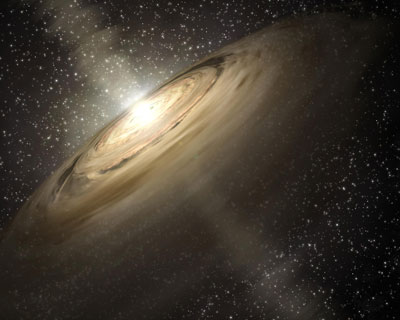 Earth-like planets orbiting other stars in the Milky Way are three times more likely to have the same type of minerals as Earth than astronomers had previously thought. In fact, conditions for making the building blocks of Earth-like rocks are ubiquitous throughout the Milky Way.
Earth-like planets orbiting other stars in the Milky Way are three times more likely to have the same type of minerals as Earth than astronomers had previously thought. In fact, conditions for making the building blocks of Earth-like rocks are ubiquitous throughout the Milky Way.
Jul 8th, 2015
Read more
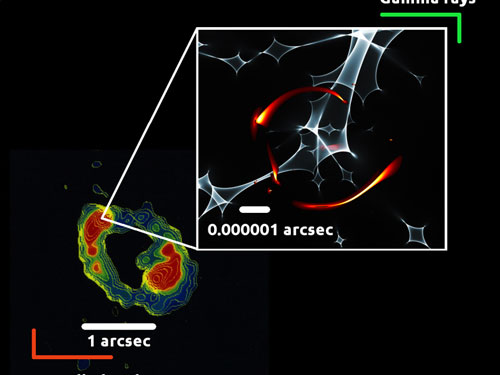 An unusual observation method uncovers processes near the event horizon of a distant, massive monster.
An unusual observation method uncovers processes near the event horizon of a distant, massive monster.
Jul 6th, 2015
Read more
Astronomers are predicting a close encounter between a stellar remnant the size of a city and one of the brightest stars in the Milky Way.
Jul 3rd, 2015
Read more
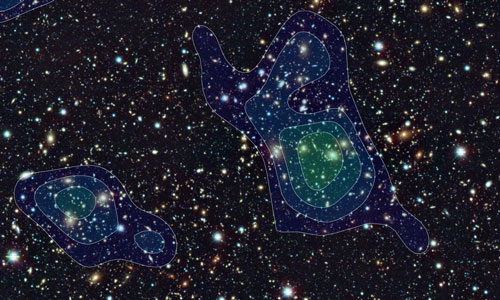 Researchers have begun a wide-area survey of the distribution of dark matter in the universe using Hyper Suprime-Cam, a new wide-field camera installed on the Subaru Telescope in Hawai'i.
Researchers have begun a wide-area survey of the distribution of dark matter in the universe using Hyper Suprime-Cam, a new wide-field camera installed on the Subaru Telescope in Hawai'i.
Jul 2nd, 2015
Read more
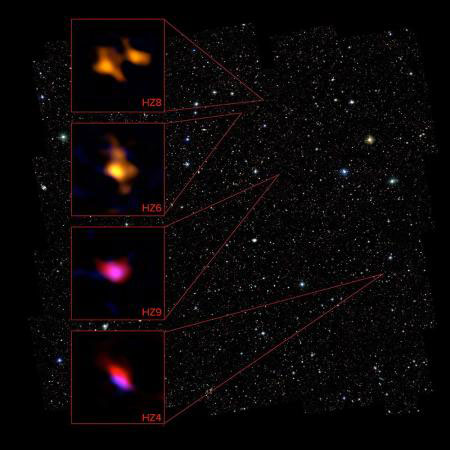 Astronomers have been able to observe the dust contents of galaxies as seen just 1 billion years after the Big Bang - a time period known as redshift 5-6. These are the earliest average-sized galaxies to ever be directly observed and characterized in this way.
Astronomers have been able to observe the dust contents of galaxies as seen just 1 billion years after the Big Bang - a time period known as redshift 5-6. These are the earliest average-sized galaxies to ever be directly observed and characterized in this way.
Jul 1st, 2015
Read more
NASA's Swift satellite detected a rising tide of high-energy X-rays from the constellation Cygnus on June 15, just before 2:32 p.m. EDT. About 10 minutes later, the Japanese experiment on the International Space Station called the Monitor of All-sky X-ray Image (MAXI) also picked up the flare.
Jul 1st, 2015
Read more
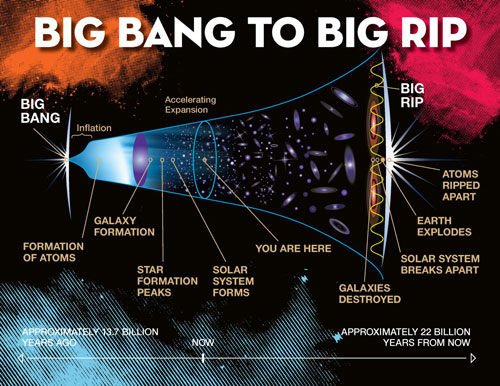 The universe can be a very sticky place, but just how sticky is a matter of debate. That is because for decades cosmologists have had trouble reconciling the classic notion of viscosity based on the laws of thermodynamics with Einstein's general theory of relativity. However, a team has come up with a fundamentally new mathematical formulation of the problem that appears to bridge this long-standing gap.
The universe can be a very sticky place, but just how sticky is a matter of debate. That is because for decades cosmologists have had trouble reconciling the classic notion of viscosity based on the laws of thermodynamics with Einstein's general theory of relativity. However, a team has come up with a fundamentally new mathematical formulation of the problem that appears to bridge this long-standing gap.
Jun 30th, 2015
Read more
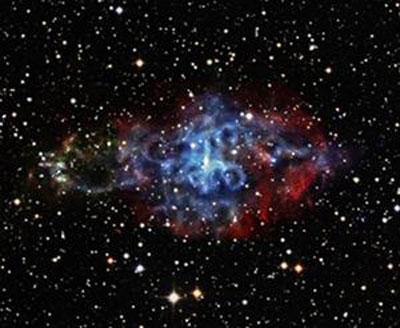 Type Ia supernovae are the 'standard candles' astrophysicists use to chart distance in the Universe. But are these dazzling exploding stars truly all the same? To answer this, scientists must first understand what causes stars to explode and become supernovae. Recently, a unique collaborative project provided a rare glimpse of the process.
Type Ia supernovae are the 'standard candles' astrophysicists use to chart distance in the Universe. But are these dazzling exploding stars truly all the same? To answer this, scientists must first understand what causes stars to explode and become supernovae. Recently, a unique collaborative project provided a rare glimpse of the process.
Jun 30th, 2015
Read more
New study shows that even stars older than 11 billion years have Earth-like planets.
Jun 29th, 2015
Read more
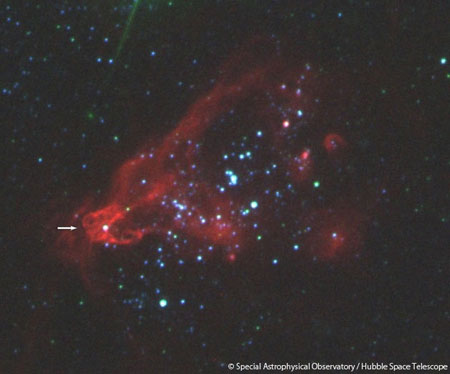 Astronomers have found evidence that enigmatic objects in nearby galaxies - called ultra-luminous X-ray sources (ULXs) - exhibit strong outflows that are created as matter falls onto their black holes at unexpectedly high rates. The strong outflows suggest that the black holes in these ULXs must be much smaller than expected.
Astronomers have found evidence that enigmatic objects in nearby galaxies - called ultra-luminous X-ray sources (ULXs) - exhibit strong outflows that are created as matter falls onto their black holes at unexpectedly high rates. The strong outflows suggest that the black holes in these ULXs must be much smaller than expected.
Jun 26th, 2015
Read more
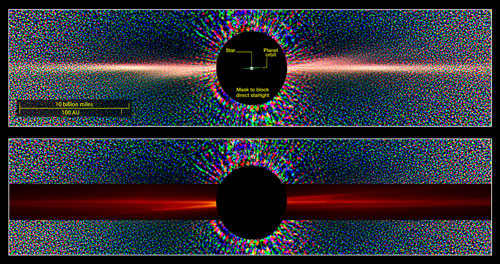 A new NASA supercomputer simulation of the planet and debris disk around the nearby star Beta Pictoris reveals that the planet's motion drives spiral waves throughout the disk, a phenomenon that causes collisions among the orbiting debris.
A new NASA supercomputer simulation of the planet and debris disk around the nearby star Beta Pictoris reveals that the planet's motion drives spiral waves throughout the disk, a phenomenon that causes collisions among the orbiting debris.
Jun 25th, 2015
Read more
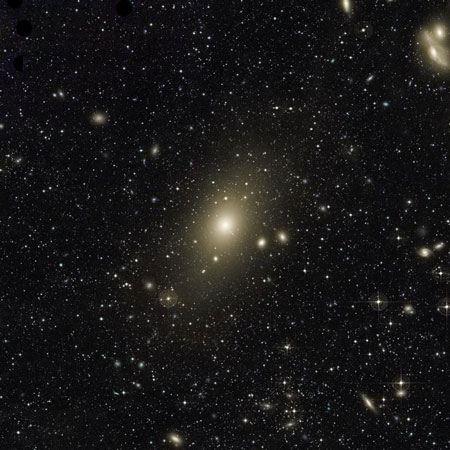 Astronomers have applied a clever observational trick to clearly show that the nearby giant elliptical galaxy Messier 87 merged with a smaller spiral galaxy in the last billion years.
Astronomers have applied a clever observational trick to clearly show that the nearby giant elliptical galaxy Messier 87 merged with a smaller spiral galaxy in the last billion years.
Jun 25th, 2015
Read more
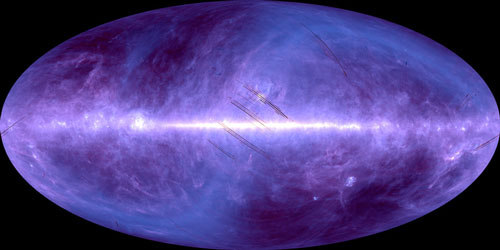 New observation data from infrared astronomical satellite AKARI have become available for world-wide researchers.
New observation data from infrared astronomical satellite AKARI have become available for world-wide researchers.
Jun 25th, 2015
Read more
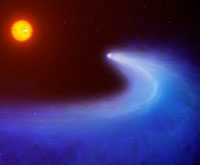 An international team of scientists has discovered an immense cloud of hydrogen escaping from a Neptune-sized exoplanet. Such a phenomena not only helps explain the formation of hot and rocky 'super-earths', but also may potentially act as a signal for detecting extrasolar oceans.
An international team of scientists has discovered an immense cloud of hydrogen escaping from a Neptune-sized exoplanet. Such a phenomena not only helps explain the formation of hot and rocky 'super-earths', but also may potentially act as a signal for detecting extrasolar oceans.
Jun 24th, 2015
Read more
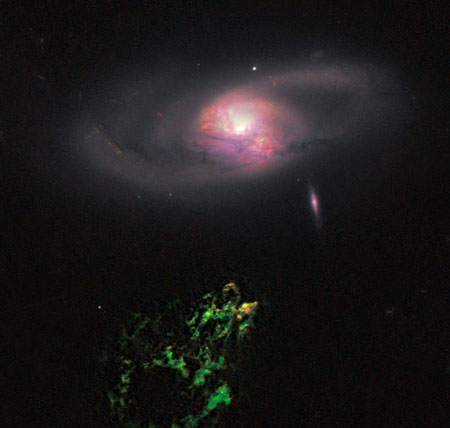 Active galactic nuclei are the brightest objects in the universe. They are not lit up permanently, but rather 'flicker' extremely slowly. This insight helps researchers better understand the influence these nuclei and black holes have on their host galaxy.
Active galactic nuclei are the brightest objects in the universe. They are not lit up permanently, but rather 'flicker' extremely slowly. This insight helps researchers better understand the influence these nuclei and black holes have on their host galaxy.
Jun 24th, 2015
Read more
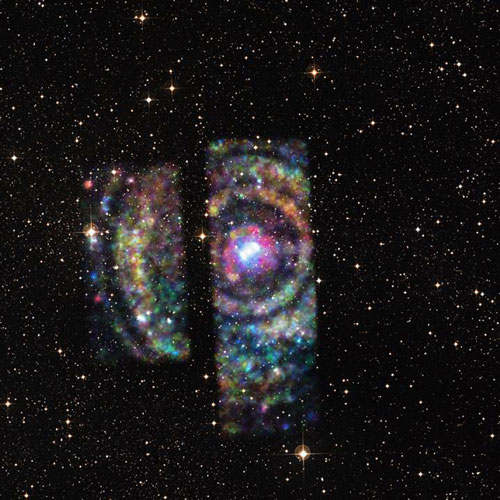 In late 2013, when the neutron star at the heart of one of our galaxy's oddest supernovae gave off a massive burst of X-rays, the resulting echoes - created when the X-rays bounced off clouds of dust in interstellar space - yielded a surprising new measuring stick for astronomers.
In late 2013, when the neutron star at the heart of one of our galaxy's oddest supernovae gave off a massive burst of X-rays, the resulting echoes - created when the X-rays bounced off clouds of dust in interstellar space - yielded a surprising new measuring stick for astronomers.
Jun 24th, 2015
Read more
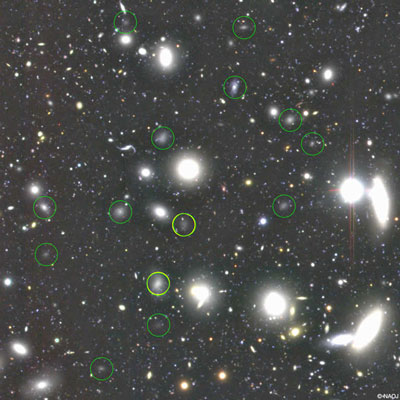 A group of astronomers has discovered 854 'ultra dark galaxies' in the Coma Cluster by analyzing archival data from the Subaru Telescope. The discovery of 47 such mysterious dark galaxies was a surprising find in 2014, and the new discovery of more than 800 suggests galaxy clusters as the key environment for the evolution of these mysterious dark galaxies.
A group of astronomers has discovered 854 'ultra dark galaxies' in the Coma Cluster by analyzing archival data from the Subaru Telescope. The discovery of 47 such mysterious dark galaxies was a surprising find in 2014, and the new discovery of more than 800 suggests galaxy clusters as the key environment for the evolution of these mysterious dark galaxies.
Jun 24th, 2015
Read more
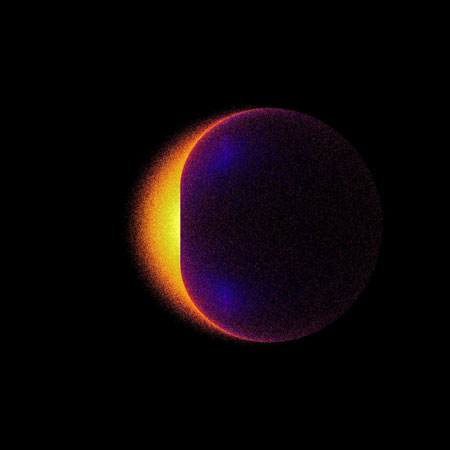 A new NASA computer simulation shows that dark matter particles colliding in the extreme gravity of a black hole can produce strong, potentially observable gamma-ray light. Detecting this emission would provide astronomers with a new tool for understanding both black holes and the nature of dark matter, an elusive substance accounting for most of the mass of the universe that neither reflects, absorbs nor emits light.
A new NASA computer simulation shows that dark matter particles colliding in the extreme gravity of a black hole can produce strong, potentially observable gamma-ray light. Detecting this emission would provide astronomers with a new tool for understanding both black holes and the nature of dark matter, an elusive substance accounting for most of the mass of the universe that neither reflects, absorbs nor emits light.
Jun 23rd, 2015
Read more
 Earth-like planets orbiting other stars in the Milky Way are three times more likely to have the same type of minerals as Earth than astronomers had previously thought. In fact, conditions for making the building blocks of Earth-like rocks are ubiquitous throughout the Milky Way.
Earth-like planets orbiting other stars in the Milky Way are three times more likely to have the same type of minerals as Earth than astronomers had previously thought. In fact, conditions for making the building blocks of Earth-like rocks are ubiquitous throughout the Milky Way.
 Subscribe to our Space Exploration News feed
Subscribe to our Space Exploration News feed












